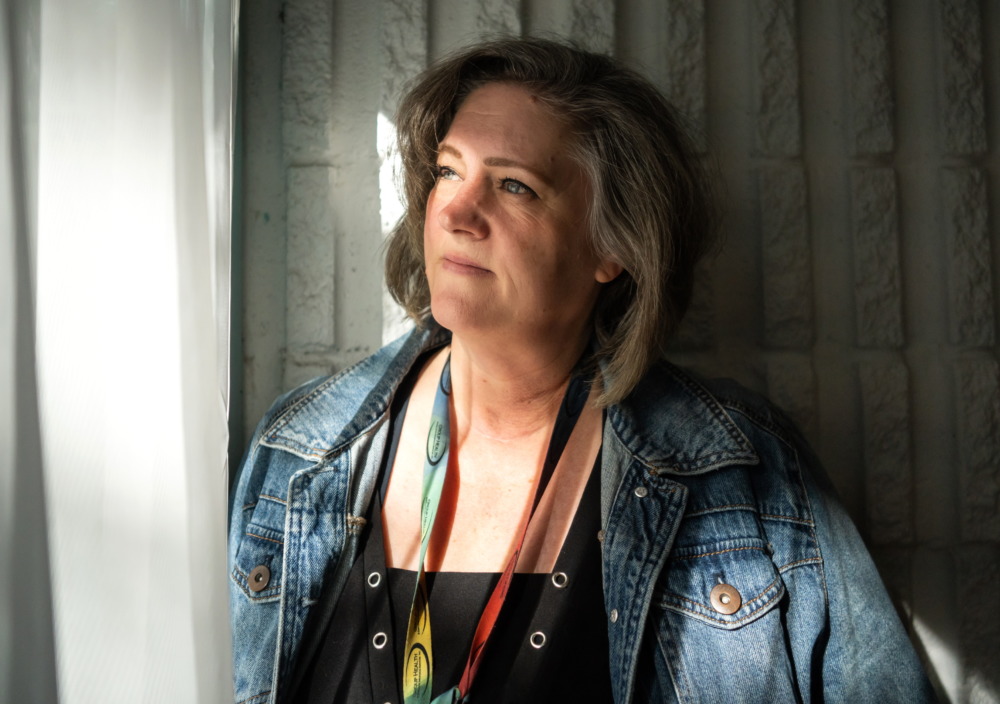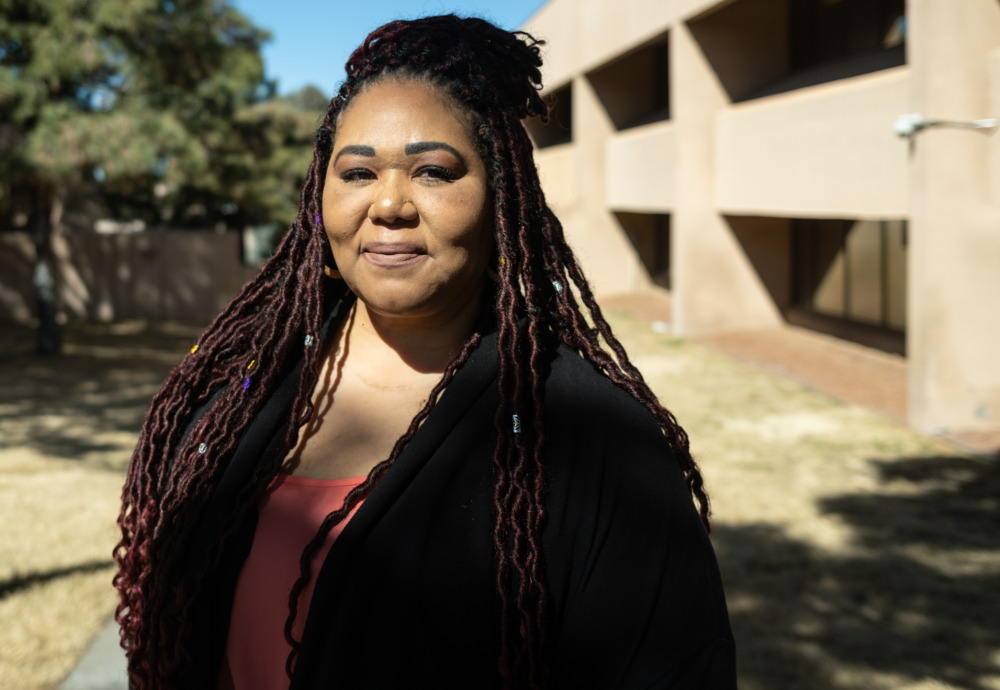New Mexico child welfare officials say plans for the state’s first safe house for sex trafficked youth are finally moving forward, more than two years after Bernalillo county commissioners voted to allocate $1 million for the project.
The shelter will house up to 12 individuals between the ages of 14 and 18 who have been referred by law enforcement, the juvenile justice system, medical professionals or other relevant authorities.
Supporters say the facility will fill a dire gap in services for some of the state’s most vulnerable young people by providing specialized, wraparound services and extending the period of time clients can stay compared to existing shelters.
Liz Hamilton, deputy director of behavioral health at the state’s Children, Youth and Families Department, said the new model will allow caseworkers to get to know the youth in their care, “build rapport with them and really be able to identify what are their needs.”
“It gives us the ability to also stabilize them in regards to their mental health, if there’s any medical need or substance use need,” she said. “It allows us a lot more time to really individualize the plan for them.”
Myth versus reality in sex trafficking
Though popular portrayals of human trafficking tend to conjure ideas of violent kidnappings and cross-border human smuggling, the majority of sexual exploitation happens much closer to home and likely involves someone close to the victim, experts say.
“The images that America has had for several years around human trafficking is girls chained to beds and things like that,” said Shelley Repp, the executive director of New Mexico Dream Center, a Christian non-profit that works with survivors of sex trafficking.
She said those images “aren’t accurate with the lived experience of the human trafficking victim.”
A victim doesn’t have to be transported anywhere to be trafficked — trafficking is the act of coercing someone into labor or commercial sex, no matter where they are. All commercial sex involving minors is considered trafficking under the law.

Ramsay de Give
Shelly Repp, executive director of New Mexico Dream Center, in Albuquerque, N.M., on Feb, 26, 2022. Repp said misconceptions about sex trafficking can harm victims.
Some youth are at higher risk than others of being trafficked. Significant risk factors include recent migration or relocation, substance use, mental health concerns, involvement with the child welfare system and being a runaway or homeless youth, according to the Polaris Project, an anti-trafficking organization that operates the national human trafficking hotline.
These vulnerabilities can be exploited by traffickers to control their victims.
Repp recalled the story of one youth, a refugee who had been placed with a foster family in Albuquerque.
The girl was told she would be kicked out of the family’s home once she turned 18 because federal resettlement support payments would end. She was subsequently coerced into commercial sex by the foster family, Repp said.
Another young girl Dream Center works with first ran away from home at age 11 to the home of a friend who was involved in a gang. Eventually, the young girl was forced into commercial sex by the gang for income, Repp said.
Misconceptions about trafficking are so prevalent that many young victims do not realize they have been coerced and blame themselves, Repp said.
“The perception of victims that we see is that they made bad choices,” said Repp. “‘I chose to run away … so I’m not a victim, because I’m choosing this. Like — this is what it is.’”
Filling a service gap
Currently, New Mexico has no dedicated shelter to serve the needs of youth who have experienced sex trafficking. There also aren’t any residential detox programs for minors.
This isn’t inconsequential, said Repp. Upwards of 80% of Dream Center’s youth clients are also struggling with addiction.
“If you’re in the state of New Mexico, and you’re a kid and you’re addicted, and you want to get off stuff, you just have to … hope your parents have lots of money and can send you somewhere,” Repp said. “You just kind of have to suck it up and survive and hope you make it.”
The proposed safe house will differ from existing facilities in that it would be equipped to house clients for up to 90 days — significantly longer than the 30-day limit common at shelters in the area.
The facility will also have tighter security than other shelters, and full-time support staff and on-site services, including schooling, medical and behavioral health services, such as treatment for addiction, tailored to meet the specific needs of trafficking survivors.
Albuquerque Police Department detective Kyle Hartsock has long been a proponent of creating a specialized safe house.
Hartsock helped establish the Bernalillo County Sheriff’s Department Ghost Unit to handle human trafficking investigations from what he described as a “victim-centered” perspective — one that also helps law enforcement.
“The more that we’re able to build trust and connect with the victims of human trafficking, the stronger criminal cases we can make,” Hartsock said. “One of the weak spots that we realized was that the youth crisis shelter program was not set up for trafficking victims to be successful.”
Next steps
The shelter is a joint project of CYFD and Bernalillo County, where Albuquerque is the county seat. According to the Polaris Project, the greater Albuquerque area is a major hotspot for trafficking in the state. It’s home to nearly a third of New Mexico’s population, and is a major confluence of interstate highways. Trafficking operations often intersect with commercial transportation and trucking activity, the organization says.
In December, the county and state finalized a contract regarding the building and operations of the facility outlined in the original proposal. Officials attribute the drawn out process to the state’s stringent requirements for facilities housing youth, as well as limited real estate inventory.
The chosen building — the location and identifying details are kept confidential for the safety of CYFD’s clients — is owned by the state. Officials said they took into consideration how well-suited the site was to housing youth, the safety of the surrounding area and proximity to services.
In November, CYFD began the process of finding a contractor to operate the facility. The department may issue a request for proposals this month, CYFD told Youth Today.
Hamilton hopes to see the shelter operating as soon as the end of 2023. The state has allocated $400,000 a year to pay a contractor to operate the safe house, per the agreement.
“We’re expecting about an eight to nine month process,” Hamilton said.
Despite the complex process and long lead time, Hamilton and others are hopeful the new facility will offer a safe space to engage in trauma-informed treatment and services for some of the county’s most vulnerable youth.
“To me, the safe house will be a place [where] these youth who have been trafficked … don’t have to worry,” said Hamilton. They will “have people there that basically have their back and can say, ‘What do you need?’”




























